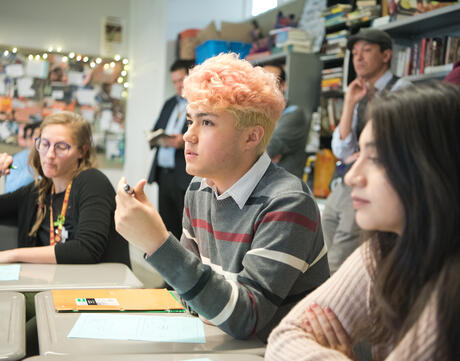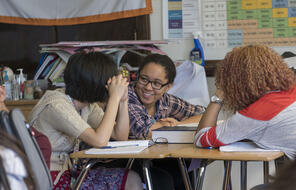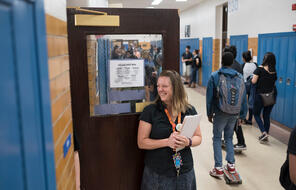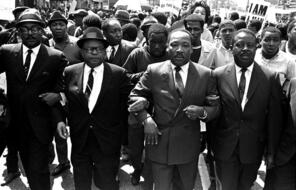
“My Freedom Dream” Capstone Project
At a Glance
Language
English — USSubject
- History
- Social Studies
Grade
9–12Duration
One 50-min class period- Democracy & Civic Engagement
Overview
About This Assessment
Historian Robin D.G. Kelley coined the term “freedom dreaming” to describe the power of imagination as a tool for individual and collective liberation. In this project, students will expand on the learning they have gained in their year-long study of US History to develop and share their own “freedom dream.”
The three steps of the “My Freedom Dream” project—understand, assess, and act—are aligned to the C3 Inquiry Design Model and provide multiple opportunities for students to revisit their thinking and better understand how it is evolving and continues to evolve.
Preparing to Teach
A Note to Teachers
Please review the following information to help you get started with this assessment.
Lesson Plans
“My Freedom Dream” Capstone Project Prompt
Teaching Ideas: Guiding Students through the Project
These teaching ideas support students in three stages of the project: introducing the project prompt, developing students’ freedom dreams, and reflecting on new understandings. Each section has two teaching ideas that you can choose from or combine to support the process.
Materials and Downloads
Quick Downloads
Download the Files
Download allGet Files Via Google
Resources from Other Organizations
“My Freedom Dream” Capstone Project
Unlimited Access to Learning. More Added Every Month.
Facing History & Ourselves is designed for educators who want to help students explore identity, think critically, grow emotionally, act ethically, and participate in civic life. It’s hard work, so we’ve developed some go-to professional learning opportunities to help you along the way.
Exploring ELA Text Selection with Julia Torres
On-Demand

Working for Justice, Equity and Civic Agency in Our Schools: A Conversation with Clint Smith
On-Demand

Centering Student Voices to Build Community and Agency
On-Demand

















